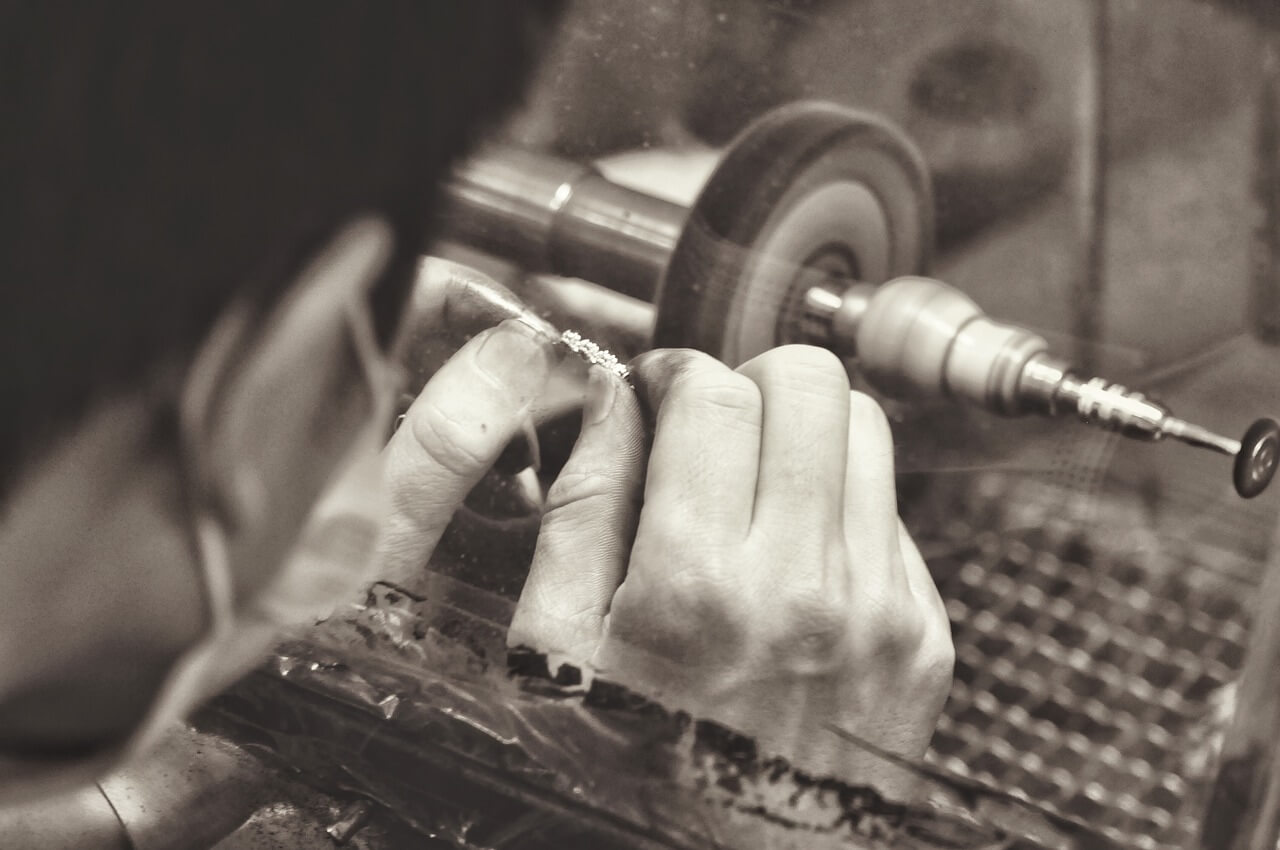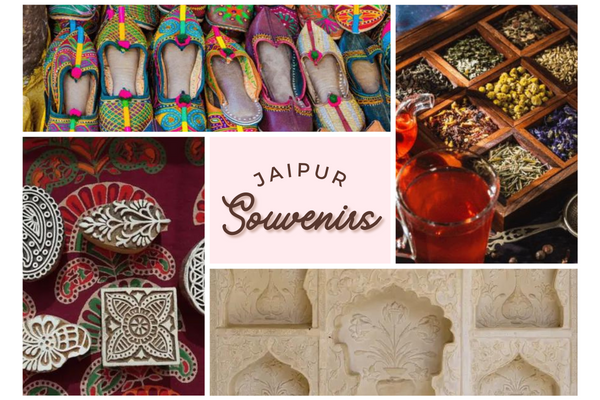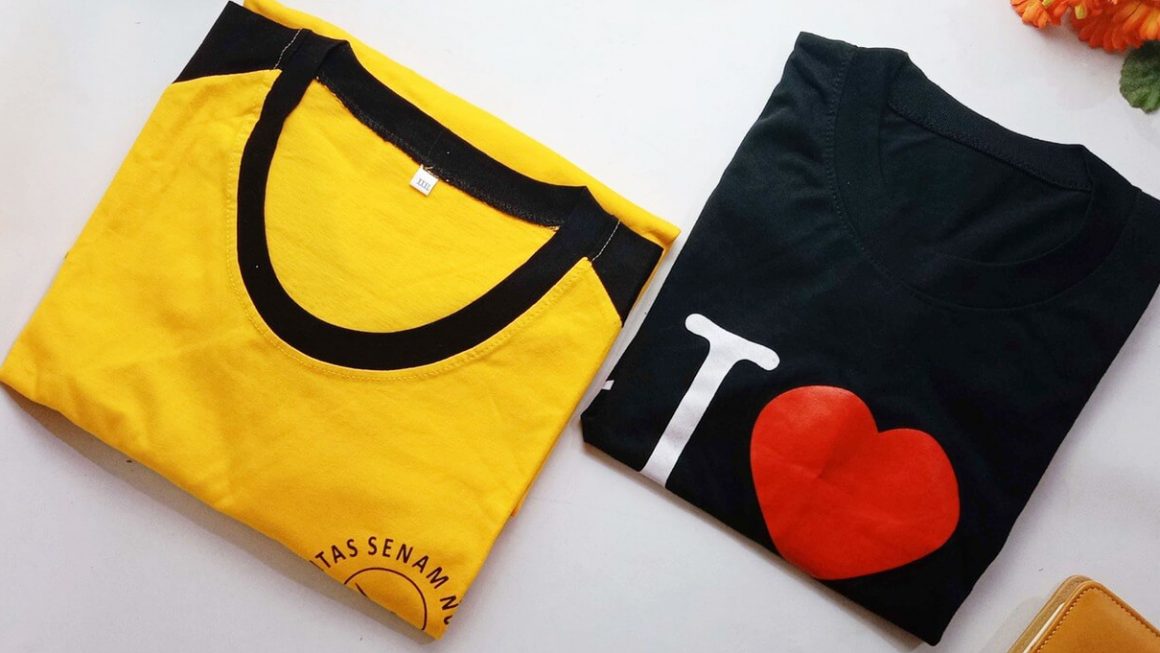Women and jewellery are two inseparable entities. People started using jewels right from the ancient period or even before. During the early man period, people made sharp tools from stones and bones. They then started wearing them for their safety and protection. Later in the ancient period, once they found how to work on metals, people began making ornaments from iron, copper, silver, gold, etc. Archaeologists have found many ornaments in graveyards that date back to the ancient period.
Both men and women used jewels – ornaments like earrings, rings, neck pieces, anklets, pins, and many more. With time jewellery making has developed into a serious business and as a sophisticated art form. The 19th century was well known for the industrial revolution, which paved the way for establishing many factories and machines in society. Though the machines reduced the workforce, it potentially increased the production rates and the economy of countries. It also benefited the craft of jewellery making as it involved valuable gems, pearls, intricate designs, or patterns. Furthermore, the detailing in the ornaments added precise definitions, which were intriguing and left people in awe at the same time.
Process of Making Ornaments
As the world becomes futuristic, one can use jewels as a way of investment or safety. However, the findings of the source of these metals reveal that it involves a series of steps to achieve the desired results.
Process – gold, silver, platinum, etc., are found in their natural state in the form of grains in the rocks, in combination with other metals like palladium, copper, and others. People use mining techniques to extract the extract present under the surface. As said earlier, jewellery making is also an art form that involves precision and skill in the craft. They make these out of different techniques like handmade, mould casting, electroplating, and striking.
Hand Made – The ornaments are made entirely by hands using the heating and cooling techniques. It may take about weeks or a month to finish creating jewellery. The heating of the metals increases the malleability, which makes the work easier. Then gold is pressed under the wheels, where the metal transforms into wires or strings, shaped according to the designs. Finally, all the parts are fused and polished to remove the remaining dirt, wax and residues present in it.
Casting – This technology is used widely in the jewellery-making industry. In this technique, moulds of rubber or plaster of Paris are used. First, they design the moulds by the 3D printers (Computer Aided Designing), where the designs are imprinted as moulds using the machine. Next, resins are poured inside the moulds and heated. They give it some time to cool. As it hardens, the dye separates. Finally, they place the moulds in the furnace, and gold in the molten state is poured inside the cavity and solidified. After finishing the process, they reassemble the moulds. Finally, the jewellery is polished to remove the excess from the designs.
Striking – This technique uses heavy equipment that punches the designs inscribed on it in the valuable metal sheets. This technique is best suited to craft lighter designs. In addition, it is a more straightforward technique compared to other methods of jewellery making.
People also buy these valuables in the form of biscuits, coins, and tablets as a form of investment. These kinds of investments are worthy because the value of these keeps on increasing in the market, and one can sell them at times of requirement for money. Gold, silver, platinum, and other elements used to make jewellery are precious assets one can own in a lifetime. Jewellery has now become a significant quotient in fashion also.




